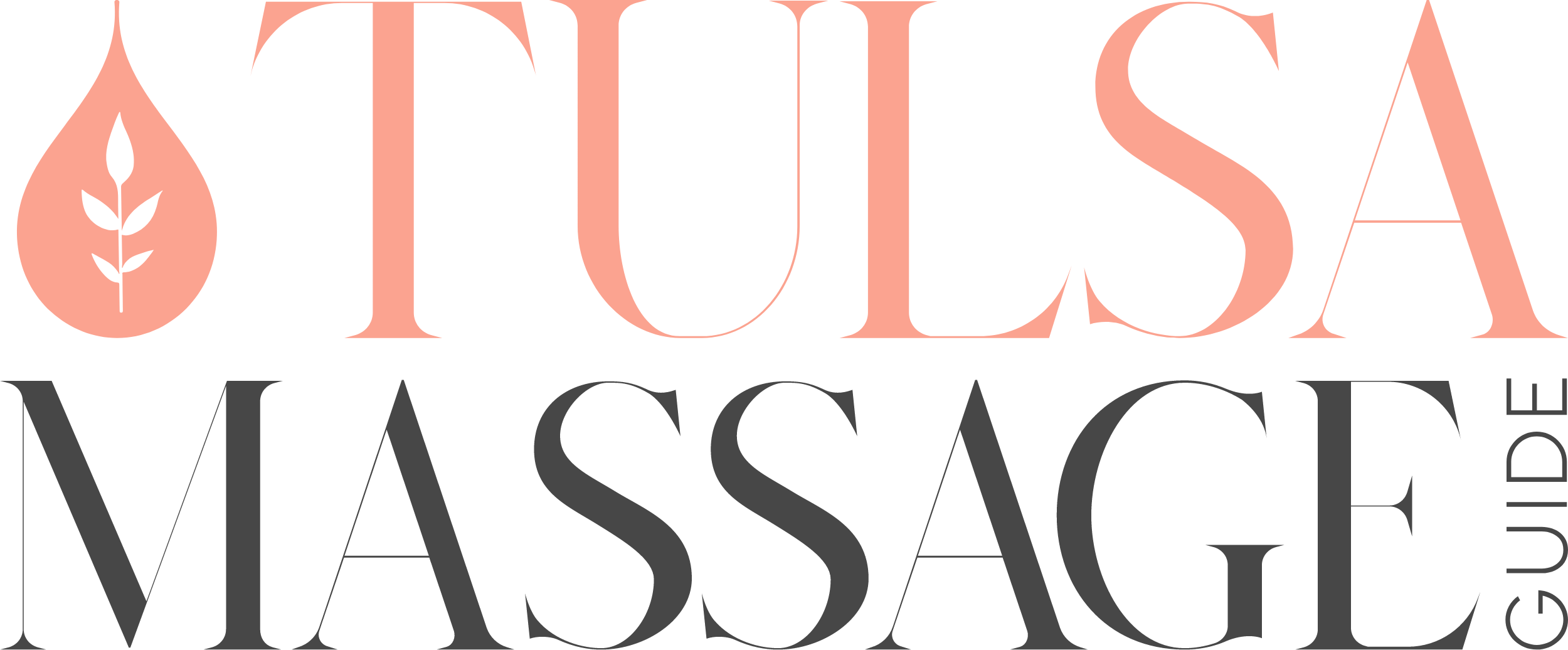What is Sports Massage
The must-have treatment to help increase flexibility pre- or post-workout. This massage integrates Deep Tissue, Swedish and stretching techniques to help target specific muscle groups. It is a great warm-up to any workout and an excellent way to flush out toxins. But, it can also be much more depending on your athletic lifestyle.
What are the benefits of a Sports Massage
- It improves circulation and aids the lymphatic system
- Helps recovery of both minor and chronic injuries
- Improves performance
- Reduces risk of injury (tight muscles and tendons are more prone to injury)
- Breaks down adhesion and scar tissue which can negatively affect tissue function
- Removes lactic acid and waste products that may cause muscle fatigue
- Improves tissue flexibility (massage stretches tissue in ways that conventional stretching can’t)
- Stimulates the nervous system (aids relaxation, reduces tension both physically and emotionally)
Sports massage may be beneficial as a part of ongoing training, before performances, and after significant events and competitions. Technique and focus are adjusted as required.
Preventative or maintenance massages are much more helpful in avoiding injuries. Injuries, however, are common and may create training setbacks if not handled quickly and efficiently. Secondary stress may form around wounded tissues without your knowledge. This causes further issues known as the overuse syndrome. This implies that tissues cannot perform effectively or stretch properly, which may rapidly lead to localized pain, discomfort, and other difficulties.
How is it done
Each Sports massage session will most definitely vary depending on the condition of the body and the goal of an athlete. However, the main techniques used during a Sports massage are:
- Effleurage – stroking techniques; increase circulation and increase tissue flexibility.
- Petrissage – kneading techniques; increase circulation and break down adhesions.
- Tapotement – percussion techniques; light and stimulating for the nervous system, very beneficial before exercising
- Frictions – break down scar tissues and adhesions.
- Neuromuscular Techniques (NMTs) – targets the nervous system to help to release tender spots or trigger points that could be causing referral pain patterns.
- Soft Tissue Release (STR) – a stretching technique used to break down adhesions to localized specific muscle areas and improve tissue quality.
- Muscle Energy Techniques (METs) – aims to restore normal resting tissue tone.
- Proprioceptive Neuromuscular Facilitation (PNF) – stretching technique to improve tissue flexibility
- Myofascial Release – Releases fascia, which is a connective tissue found surrounding structures throughout the human body

